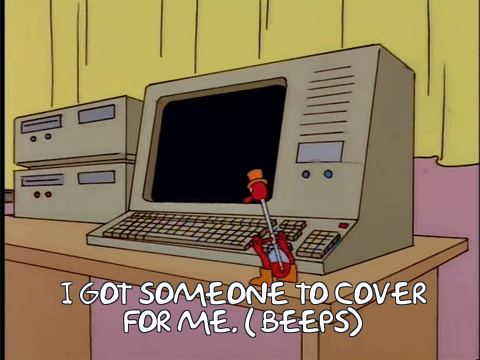All happy families are alike; each unhappy family is unhappy in its own way.
– Leo Tolstoy in Anna Karenina (1877)
Thus begins Tolstoy‘s novel Anne Karenina. I learned about it when I was introduced to the Anna Karenina principle in Jared Diamond‘s book “Guns, Germs and Steel“. The book explores why in the history of humanity some societies have come to dominate others and one the factors involved is the access to domesticated animals. Ever wondered why you can’t ride a zebra like a horse? When you count it becomes clear that very few of the planet’s large animals can be domesticated, a fact that it explained by considering the factors that must all be fulfilled for an animal to be domesticated successfully. If just one of these factors is missing, then domestication is not feasible. In other words, while domesticated animals are all essentially alike, each is undomesticated animal is undomesticated in its own way.
Project managers talk a lot about unhappy projects and often seem quite unhappy about it. However, I believe that the unhappy nature of projects is not necessarily a bad thing and that a certain unhappiness is part of being a good project manager.
First, what is a happy project? If a project is a “…temporary organization that is created for the purpose of delivering one or more business products according to an agreed Business Case” [cf. PRINCE2.wiki], then a happy one must be one that has no problems delivering its products at the expected cost, value and time, and where all other status indicators are good and green. I suppose these projects exists. At least I will not say on record that they don’t – maybe like black swans they live and roam free in a country far away and in zoos, where they are executed perfectly and run smoothly, always delivering on time, budget and quality.
However, in my experience, all projects are unhappy, and they are each unhappy in their own way. And yes, I just admitted that the projects I manage are rarely in an all green status, and when that happens, then it is time to review the project and look for risks and issues that might have been overlooked. Or, keeping the project management triangle in mind, if project is in the middle for an extended period, then either the budget is higher than it needs to be, the scope unambitious or not innovative, or the timeline too lax. It reminds me of the anecdote about Henry Ford that he would have workmen check Ford cars in junkyards to see which parts could be manufactured cheaper. Seriously, though, part of good project management is to deliver what is agreed at the right time and in the agreed quality and at no more than the agreed cost, and to do this work the project manager should always look for opportunities for optimizing delivery. This principle is weaved into common Agile frameworks as part of retrospectives and continuous improvement and in PRINCE2 as part of the Managing a Stage Boundary process.
In other words. to deliver the most value, the project manager should not be afraid of challenging herself, the delivery organization, or the client. Having said that, there are also projects that are severely challenged and possibly beyond redemption (or may not have actual delivery as the main purpose). Transparency and upright communication go a long way for this.
Doing this not only provide the client the best bang for the buck, but it is also good for the project managers, even though they expose themselves to unhappiness. Consider the alternative – a project where everything is green always and the project manager tasks is reduced blindly approving stuff. First the project manager might follow the example of Homer Simpson in “King-Size Homer” who got someone to cover for him, but eventually the project manager would be replaced by someone more junior (or a dipping bird). No Challenge -> No Job.

Therefore, project management is about working perpetually unhappy projects and whenever one source of unhappiness is removed move on to the next. It is a Sisyphean, almost depressing task, always focusing on the things that are missing, the things that are going wrong and being suspicions of ever there is an all green status report. All glasses are half-empty or out to get you.
Just thinking of a recent experience: At one point all looked green and I really considered calling a meeting to brainstorm risks and determine what we might be missing. We found out soon enough though and could go back to work. External interfaces, uncertain backlog and uncertain funding kept times interesting thereafter.
Another project I was involved was hardly a project at all – missing both a clear goal and timeline (no budget either : ), but it was a tricky (and very innovative) job and someone had to do it. That sort of thing calls for project manager skills, so it was called a project anyway.
All said, I can happily return to work and keep pushing, pulling, nudging, and kicking my projects forward. Not only are all projects unhappy, but they are also unhappy in each their own way, providing a never-ending source of challenges and opportunities for the experienced project manager to learn, excel and add value.
